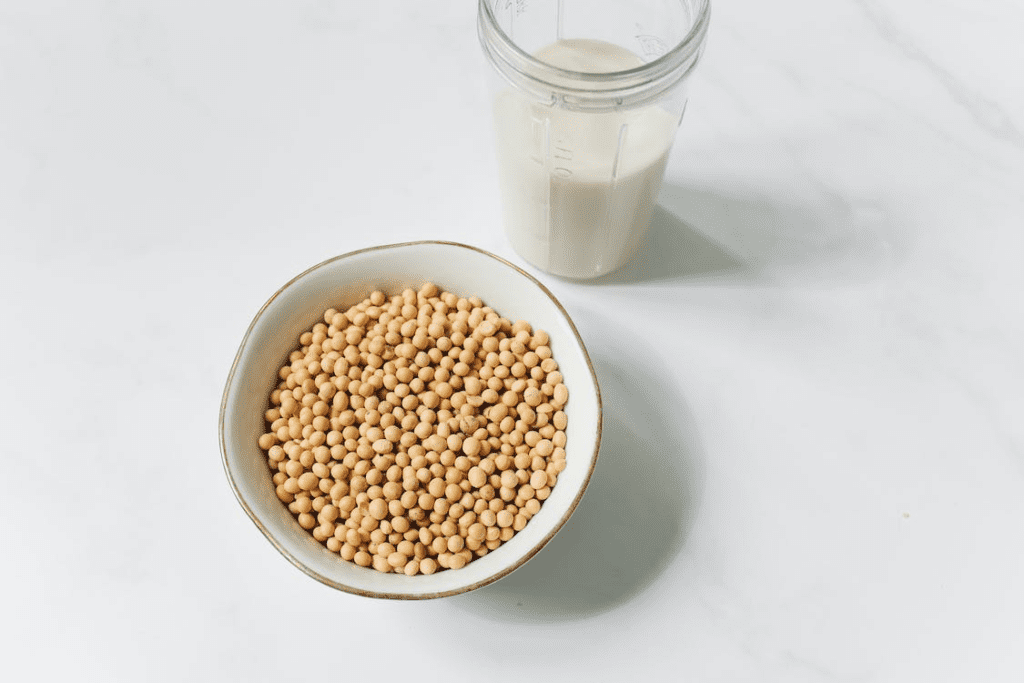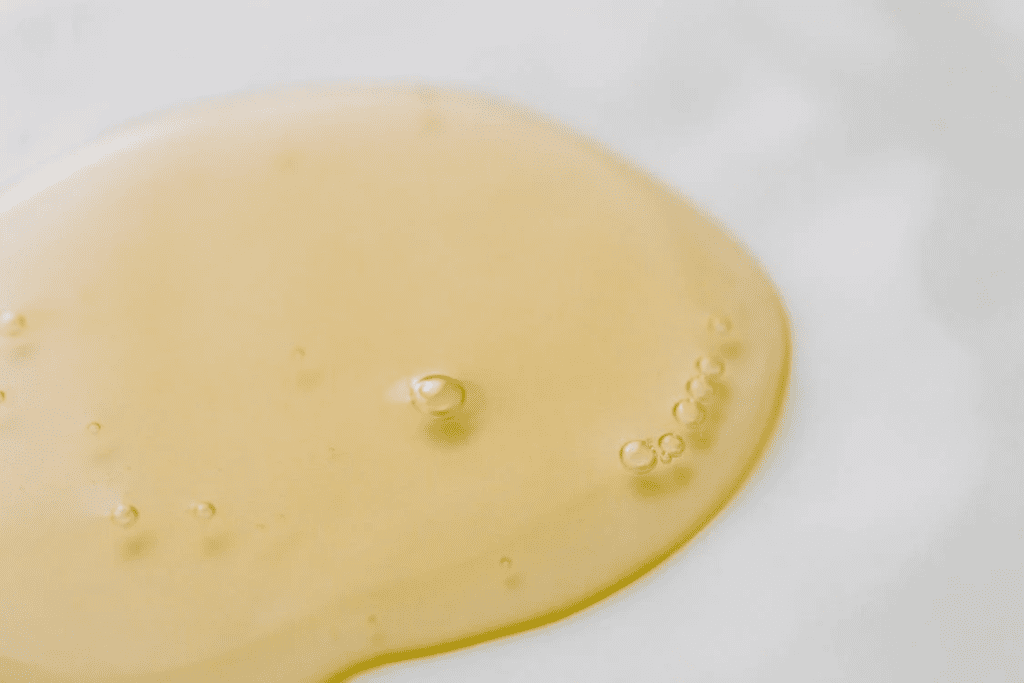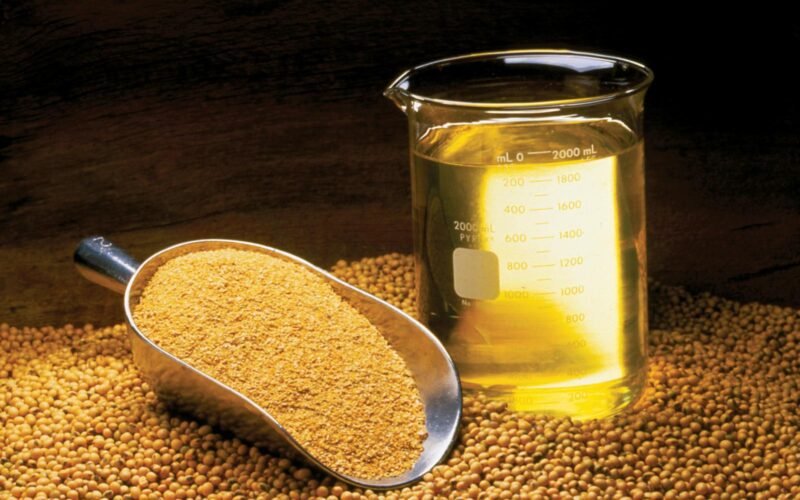Soybean oil, an edible vegetable oil extracted from a bean variety named soy, has managed to captivate major markets all over the globe. The impeccable nutritional composition of the oil has enabled it to make its way into various foods, from salad dressings to popular processed foods. Additionally, the versatility of the oil combined with the spectrum of applications has undoubtedly driven the oil’s rapid growth in popularity.

But the question of what factors could drive further progress of the oil, especially in segments like the food industry, is under scrutiny. And the answer is the quality of oil extracted from the seeds. Let us understand the influence of high-quality soybean oil on maximizing value in the supply chain.
1. Soybean Nutritional Composition
Dry soybean seeds contain about 20% oil by weight and typically undergo pressing for extraction. The residue is useful as cattle and animal feed. The obtained oil is deep yellow and carries impurities like moisture, free fatty acids, and lecithin that is removed after refining for improved quality. The final product is soft yellow and expresses a neutral taste.
Soybean oil is home to an abundance of poly-unsaturated fats and a competent lipid profile. Compared to other cooking oils, it is stable, shows long shelf life, and has a high smoke point. These characteristics make the oil desirable for regular usage in households and processing units.

The oil also contains high levels of vitamin K, omega fatty acids, and vitamin E, known to introduce exceptional benefits for heart, brain, skin, and immune health. But the most important characteristic of the oil that influences the market performance of the soy supply chain today is oleic acid.
2. High Oleic Soybean Oil
The commercial utilization of soybean oil began to experience an all-time high following the introduction of the high-oleic soybean oil variety. Regular soybean oil, also known as commodity soy oil, is rich in polyunsaturated fatty acids (PUFA) that indeed promise impeccable health benefits. They express powerful anti-inflammatory properties and can improve overall health. But a common disadvantage with oils of high PUFA is that they are difficult to reuse for cooking and also show low shelf life.
The process of hydrogenation then becomes critical to overcoming these limitations. But this process extends its own problems, such as introducing trans fatty acids that could affect your health. These cons led to the loss of interest in partially hydrogenated oils and the search for a competent alternative.

High oleic soybean oil is the perfect choice to meet these requirements, given its high monounsaturated fats and low PUFA concentrations. Oleic acid, a prominent fatty acid in premium oils like olive oil, helps extend the fry-life and shelf life of oils. High oleic soybean oil can also create healthy blends with other oils to support increasing requirements in the food processing industry.
What further appeals to this industry about the premium quality of soybean oil is enhanced performance through consistent and proper cooking and reduced incidences of overheating. Companies state that the end products seldom come out with burnt flavors or bitter taste, which is critical to stay complacent to the requirements of their customer.
3. Maximizing Value Through High-Quality Soybean Oil
Let us understand why high oleic soybean oil appeals to the world market. Research indicates that the oil may help improve LDL or low-quality cholesterol issues to reduce the risk of cardiovascular diseases. The low oxidation potential of the oil also makes it a competent replacement for vegetable oils.

Considering that high oleic acid is the desired characteristic, genetic processing to encourage such varieties is also widely used today. Farmers closely working with high oleic soybean varieties state that this oil provides what the customers expect in terms of nutritional value and additional characteristics like shelf life and fry life. These characteristics are significantly influencing the market for quality soybean oil. Also, the yield potential of these varieties is on par with regular beans. Not to forget, the variety fetches higher value in the market, gaining premiums up to 40%.
The trend shows that all segments of the soy value chain are coming together to encourage this high-quality oil, which clearly expresses its potential to make a huge impact in the market soon.
Conclusion
Soybean oil made from soybean plants is enriched with impeccable nutritional value. But the secret to maximizing its market value lies in enhancing its quality in terms of oleic oil concentrations that can support further progress in several segments. Also, organic oil extraction involving minimal processing provides the best value products that appeal most to customers today. Collaboration between partners, from farms to processing companies, is the key to realizing the best benefits of soybean oil, especially in the food industry.

